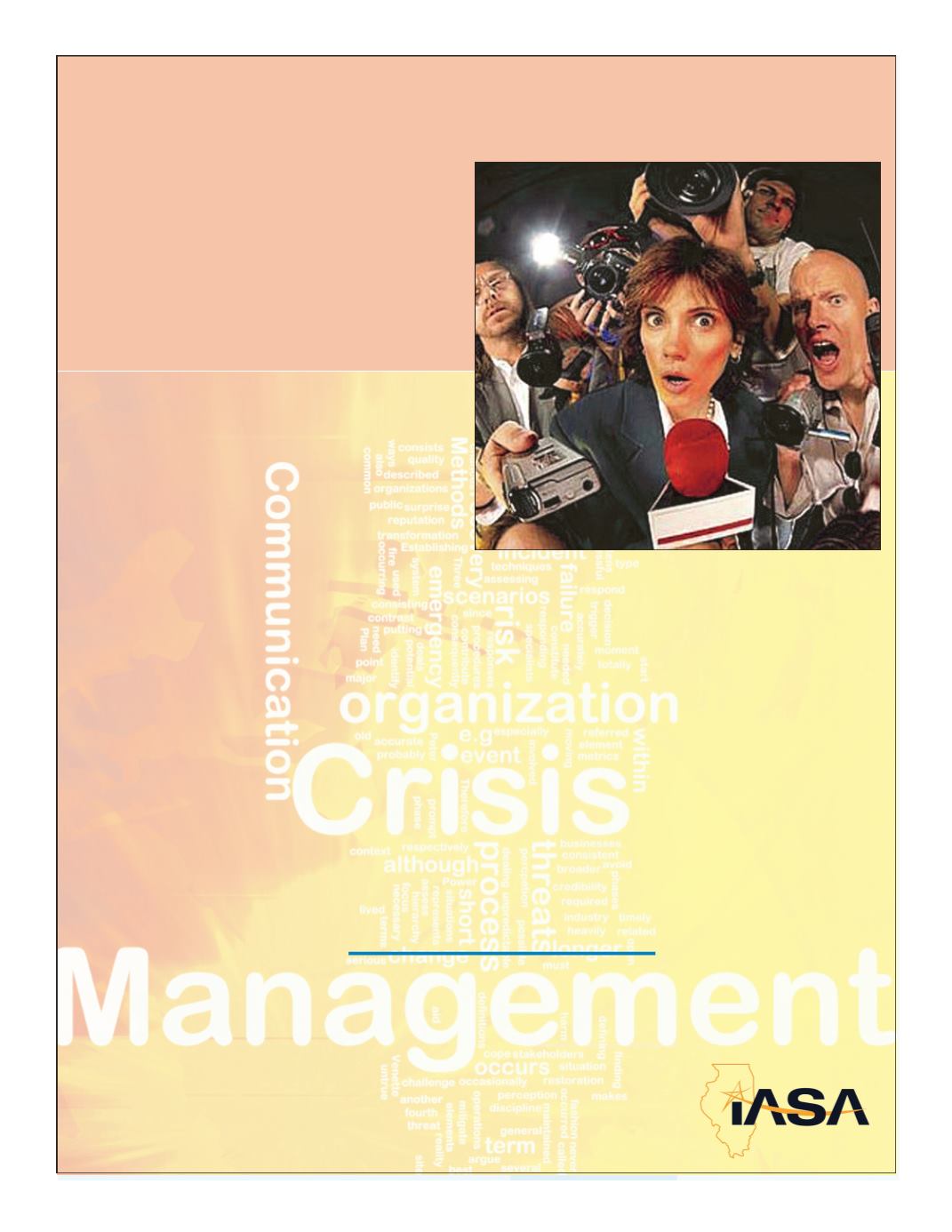

36
In Illinois today, the issue of funding special
education programs has become a constant problem
for relatively all school districts. Special education
has basically three components: federal funds
distributed mainly through the Individual Disabilities
Education Act (IDEA), state funding distributed
mainly through the various mandated categorical
funding line items (MCATS), and a small local levy
for special education based upon district type. I will
discuss all three types of funding and their current
shortcomings. The issue is that special education
revenues in no way make up for the expenditures
that are inherent in this area.
IDEA funding from the federal government and
controlled by Congress was instituted in the late
1970s when the Congress determined that there
were substantial number of students in need of
special education services to achieve a higher level
of academic success. School districts throughout the
US were charged with finding and implementing
programs for these students. Knowing that this
would initiate substantial new expenditures for school
districts, Congress initially promised a funding
reimbursement level of 40 percent for these new
programs holding these newly discovered students.
Over the years, IDEA funding has vacillated
according federal reimbursement levels but at no
time has ever come close to the initial commitment of
a 40 percent reimbursement level. The current
reimbursement level is around 17 percent and
descending.
In addition, the federal government has instituted
another mandate called “maintenance of effort” for all
school districts. This requirement requires that local
spending levels for special education must be
“maintained or exceeded” on an annual basis.
Districts not maintaining their prior spending levels
face fines in the form of reduced reimbursement
levels. Thus, it seems that saving money on special
education expenditures is not an allowable option
from the federal government.
Funding for special education programs from the
8 hours of Administrator
Acade y credit (AA #1568)!
IASA Director of
Communications Michael
Chamness presents a course
designed to offer tips on ow to
develop messages for your
community and the m dia, how
to handle crisis
communications, how to spread
the good news that is
happening in your school
district and how to develop a
c mmunication plan. The course includes:
3 hours in-person training, with video examples of best and worst
practices and participation in mock press conferences involving
real-world school issues
5 hours of homework, the end result being a written
communications plan for your school district -- a project that can
b undertaken as a team of administrators from a school district
Contact Mary Ellen Buch at 217.753.2213
or
mbuch@iasaedu.orgto schedule an Academy
in your area
Developing a Communications Plan
















